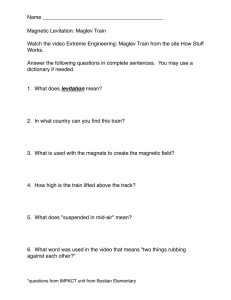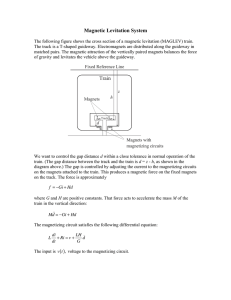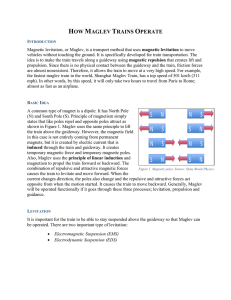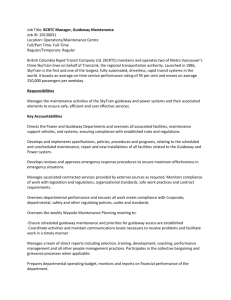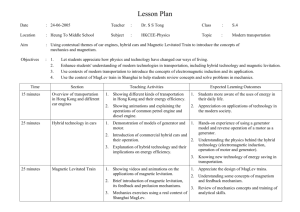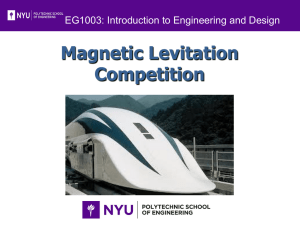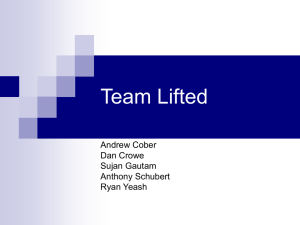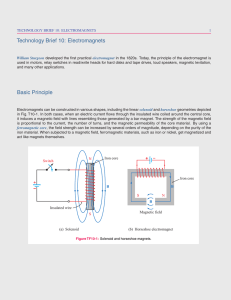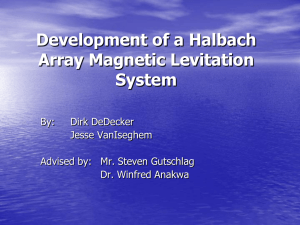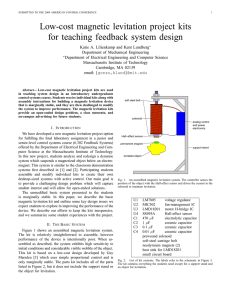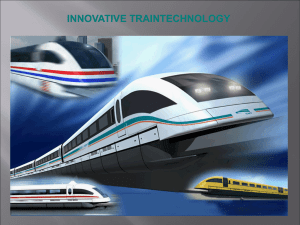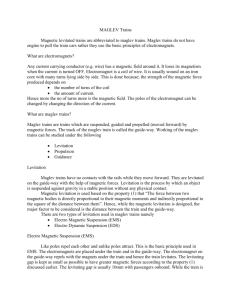The history, principle and benefits of the magnetic levitation train
advertisement
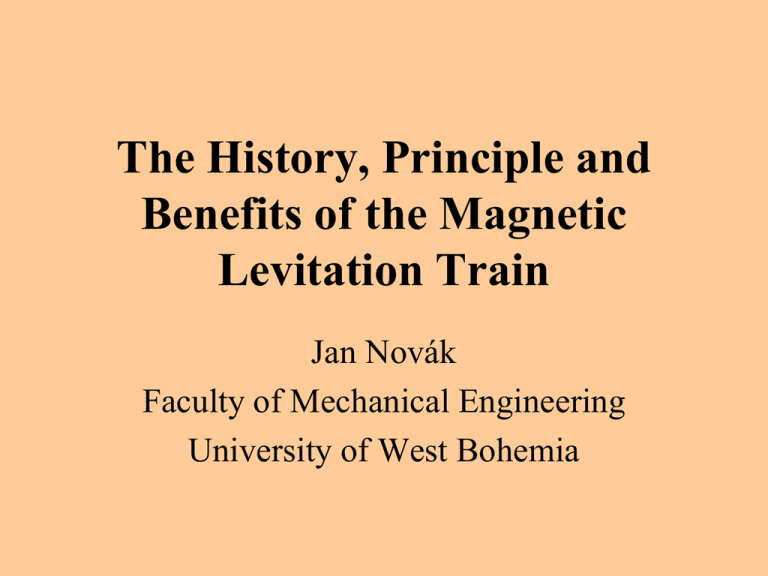
The History, Principle and Benefits of the Magnetic Levitation Train Jan Novák Faculty of Mechanical Engineering University of West Bohemia Overview • • • • History of the system Two types of magnetic levitation system Test facility in Germany Benefits of the system History of the System • Emile Bachelet – (1912) introduces “a levitating transmitting apparatus” • Hermann Kemper – (1934) received a patent for a “monorail vehicle with no wheels attached” (later implemented in Germany and Japan) • Peter Hochhausler (1970´s) develops induction linear motor as propulsion system Two Types of Magnetic Levitation System Electromagnetic suspension – EDS • Electromagnets attracted to ferromagnetic rails • T-shaped guideway Electrodynamic suspension – EMS • Based on the repelling force of magnets • U-shaped guideway Test Facility in Germany • Elevated T-shaped guideway • Acceleration to 300 km/h • Vehicle approved for passenger transportation • Visitors experience a ride http://www.spiegel.de/international/germany/grossbild-543717-1133385.html Benefits of the System • Higher speed than conventional trains • Safer, more comfortable, more spacious • Environmentally friendly – no direct pollution emissions – low noise emissions – land use possible Summary • • • • History Types Test facility Benefits Conclusion • Safe and high speed means of transportation • Based on the power of electromagnets • Cost-effective, energy efficient, environment friendly http://www.transrapid.de/cgi/en/basics.prg?session=2e0d4f5154316204_268668&a_no=46 jan.novak@students.zcu.cz
